If You Can’t See It You Can’t Be It: Breaking down barriers for female athletes.
Available in:
EN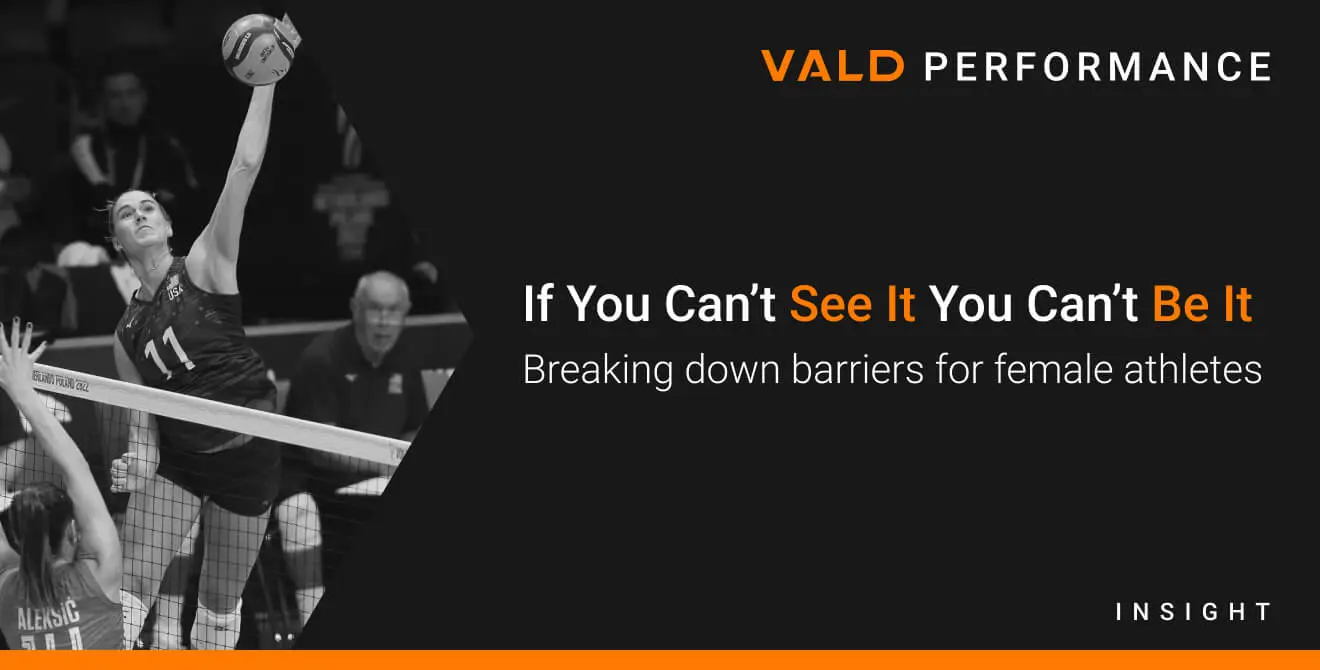
Amanda Fielding – Talent Identification Manager at VALD
I recently joined VALD Performance, and I’m using my new position to break down barriers for female athletes around Queensland, Australia and the world. I’ll be doing this by providing access to technology and talent identification so we can match athletes to sports and keep them involved longer, raising awareness on what pathways are available to female athletes. I’m excited to create these new opportunities for a new generation of athletes, but I need your help.Who should keep reading or get involved in this initiative? Anyone involved in female sport. This includes female athletes, parents of female athletes, coaches of female athletes, administrators of female sports and governments funding female sports and participation.
Who should keep reading or get involved in this initiative? Anyone involved in female sport. This includes female athletes, parents of female athletes, coaches of female athletes, administrators of female sports and governments funding female sports and participation.
A little about me
I am a former athlete and a former coach. I spent 12 years slogging it out as a volleyball athlete in ‘the system’ and another 15 as a coach, at least. In that time, I was lucky enough to be involved at almost every level of the sporting pyramid, including state, national, collegiate, international and professional.
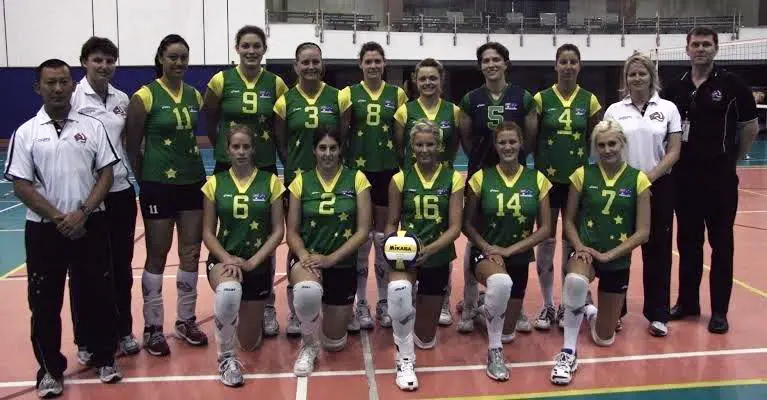
I also consider myself a pretty good sports administrator, despite having a reputation as an antagonist. That’s not to say I wake up in the morning looking for ways to antagonise, but it’s a natural trait that I acknowledge can be somewhat agitating to others. This typically stems from my expectation that the opportunities for women in sport need to be pushed forward in order to improve, rather than remaining stagnant and hoping for opportunities to materialise. Sure, we get to push the reset button every funding cycle (typically centred around the Olympic Games), but I don’t think it’s enough and I’m not willing to sit in my corner for four years between potential opportunities.
Besides, in sport, our collective memory isn’t great. I see the same mistakes being made over and over again at the start of every cycle, and I think it’s more than okay to be disappointed in the system for allowing this to happen. Thanks to this fact, in many ways we’ve seen very little true progress, and while the opportunities available to sportswomen today have advanced, I still see female athletes face most of the same challenges I did when I was an athlete in the 90’s and early 00’s.
In sport, our collective memory isn’t great. I see the same mistakes being made over and over again at the start of every cycle, and I think it’s more than okay to be disappointed in the system for allowing this to happen.
I’m not saying there haven’t been some great things happen, thanks to some great people pushing for change. I’m saying that we need more. We talk a lot about making sure that women’s sports continues to grow, but we don’t necessarily back it up with action.
Recently, VALD CEO and co-founder Laurie Malone asked me: “If you had your time again would you do anything differently?”
My instinctual response was “No, I had a great run, travelled the world, had some amazing experiences” and a number of other phrases I recited as though I had reverted to my days of maintaining the status quo.
I’ve been thinking about that question for a few weeks now, daily. The truth is: yes, I would change some things.
If I could change anything, I would’ve shared my experiences – particularly the bad ones – and the burden more with those around me, and encouraged them to share theirs.
If I could change anything, I would’ve shared my experiences – particularly the bad ones – and the burden more with those around me, and encouraged them to share theirs. I would’ve shared these experiences not to bring others down, but because I believe that with shared adversity and shared truth, comes change. I can’t help but think that each time I see the same old cycle starting again (in my sport of volleyball, at least) that – had I shared more, spoken out more, informed more and been more – then perhaps women’s sport would be in a better place today.
It’s one of the reasons I joined VALD, because – after more than two decades feeling like I was beating my head against a wall trying to influence change – I could see they’re a business who not only had the means and agility to do something about it, but were already actively trying. The VALD team are on board with the cause, they believe in my vision, and they are helping me take action. I can’t begin to tell you how empowering it is to join a team like VALD, with a strategic and innovative approach that extends beyond just their technologies. The level of freedom and belief I feel in this new role is refreshing, to say the least.
It’s one of the reasons I joined VALD, because – after more than two decades feeling like I was beating my head against a wall trying to influence change – I could see they’re a business who not only had the means and agility to do something about it, but were already actively trying.
We know we need change. But where to start?
To my old teammates, to the young women I have coached, to the athletes in other sports, to my coaching peers: how many times have you have had access to sports science technologies or services? How often was your progress measured or monitored? How did this compare to your male counterparts at the same level?
I’d be lying if I said that only sports performance testing required change, but it’s a great place to start.
When I was a national team coach, I often relied on favours from former teammates and colleagues to ensure that my teams had access to some level of testing consistency. The ‘data’ from that testing was recorded in handwritten notes then – if time allowed – made its way into an excel spreadsheet, often never to be seen again. This data was very useful at the time, but not over time – I’m sure many others have had the same experience.
To be clear, I’m not talking about holding a piece of chalk in your hand while you jump against a wall, or running laps until you drop kind of testing. I’m not even talking about jumping up to touch the Vertec or stumbling through a beep test or a sit-and-reach. Today, we can and should do better.
To be clear, I’m not talking about holding a piece of chalk in your hand while you jump against a wall, or running laps until you drop kind of testing. I’m not even talking about jumping up to touch the Vertec or stumbling through a beep test or a sit-and-reach.
I’m talking about testing that accurately quantifies your:
- Speed
- Agility
- Reactivity
- Rate of force development
- Asymmetry
- Skills
- Strength
- Range of motion
- Quality of movement
It helps motivate you to keep going, to explore your limits and provides you with baseline data that keeps you accountable. However, it has typically been confined almost entirely to professional men’s sporting teams and university laboratories.
This is the type of testing that can help determine which sports your physiological makeup might be best suited to. It helps provide data for you, your teammates and future generations of athletes to use as a comparison. It helps motivate you to keep going, to explore your limits and provides you with baseline data that keeps you accountable. However, it has typically been confined almost entirely to professional men’s sporting teams and university laboratoriesHistorically and systemically, sports science and exercise physiology research has been largely male-dominated. As a result, much of the data and knowledge available in the field has been based on research conducted on male athletes. This has created a gender bias in sports science research, not unlike the bias in playing pathways and commercial opportunities. I’d be lying if I said that only sports performance research required change, but it’s a great place to start.
[We need to ensure that] normative data for women, men, girls and boys is collected consistently, so that we may learn from it and improve how we support our athletes in the long term.
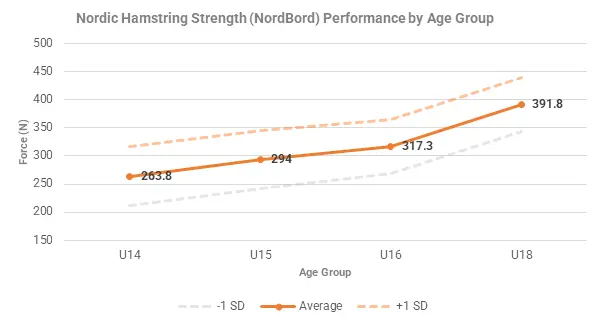
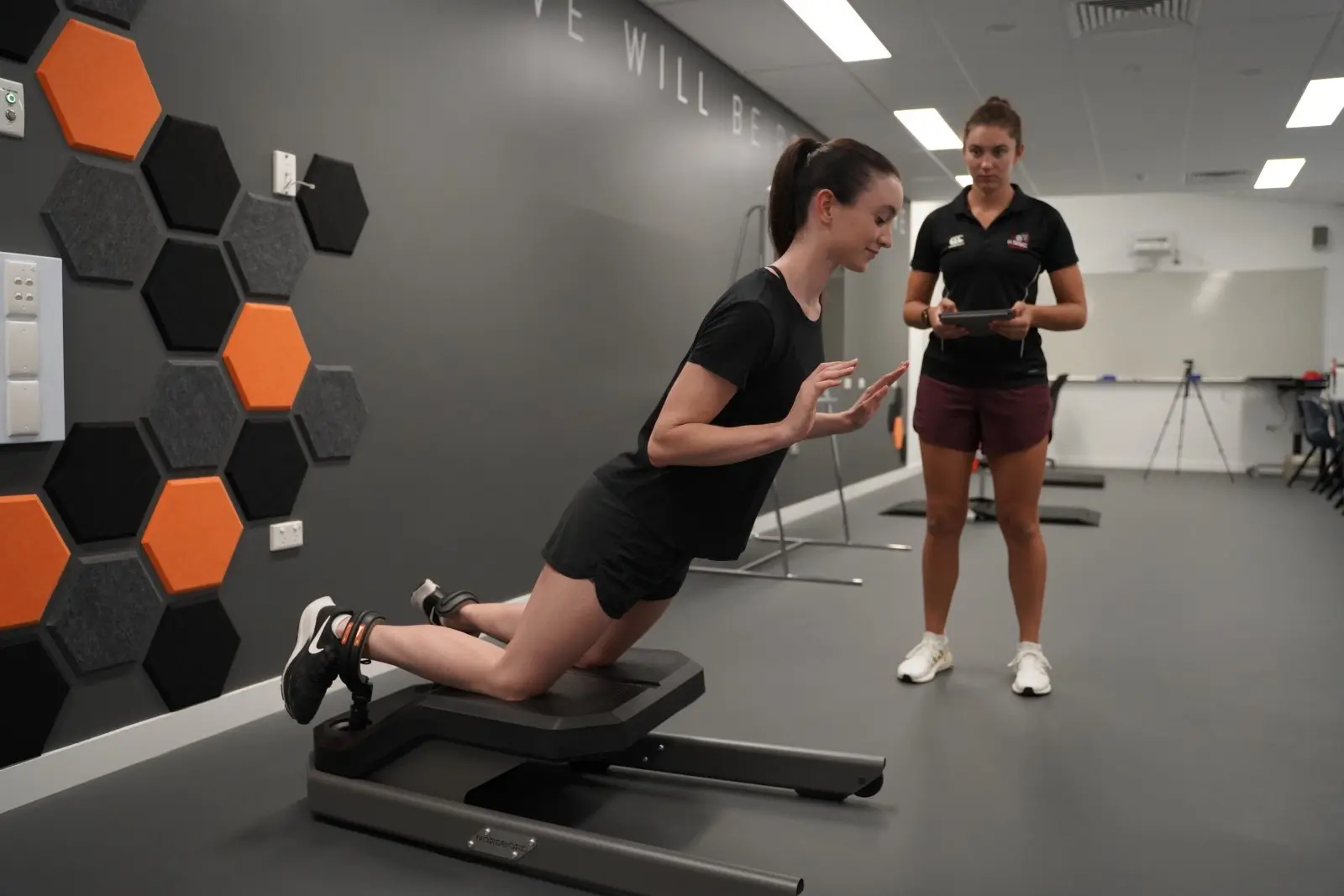
Normalising sports performance data on female athletes will require a multi-faceted approach that involves several key steps, including:
- Increasing representation and investment in women’s sports.
- Developing and validating both female-specific and sport-specific testing protocols.
- Ensuring that normative data for women, men, girls and boys is collected consistently, so that we may learn from it and improve how we support our athletes in the long term.
- A collaborative approach from sport, its coaches, administrators and those who support it.
How do we make a start?
Most excitingly, we know it’s possible thanks to researchers and institutes like Griffith University leading the charge, including using VALD technologies to generate new insights and a practical approach for addressing common injuries in female football athletes.We need to keep the ball rolling, though, and that’s where I want to help. Imagine being able to compare your 17-year-old self to the world champion in your sport. Imagine having a consistent history of your data from your first year in high school until the day you first turn pro. Insights on your speed, agility, power, and more – this is what every athlete and coach wants. In many male sports, this is already the reality, which is a massive coup for athletes and their sports. Now, let’s make it happen for the girls, too!
Imagine being able to compare your 17-year-old self to the world champion in your sport. Imagine having a consistent history of your data from your first year in high school until the day you first turn pro.
If you work in women’s sports, you often say ‘if you can’t see it, you can’t be it’. It has been suggested to me that my career pathway is driven by the change I want to see in the world of women’s sports. My new role exemplifies this.VALD has a solution and I’m so happy to embark on helping make these opportunities for young people around Australia and beyond. We are going to provide a balanced approach of testing, ensuring that no girl, or boy is left behind, and work with sports organisations to build a database of powerful normative data that will help identify and develop the next generation of elite athletes.
This is our plan
We’re building the VALD Van: a mobile athlete testing lab that is available to come to your team, school or competition, and I am – quite literally – getting behind the wheel.
We’re building the VALD Van: a mobile athlete testing lab that is available to come to your team, school or competition, and I am – quite literally – getting behind the wheel.
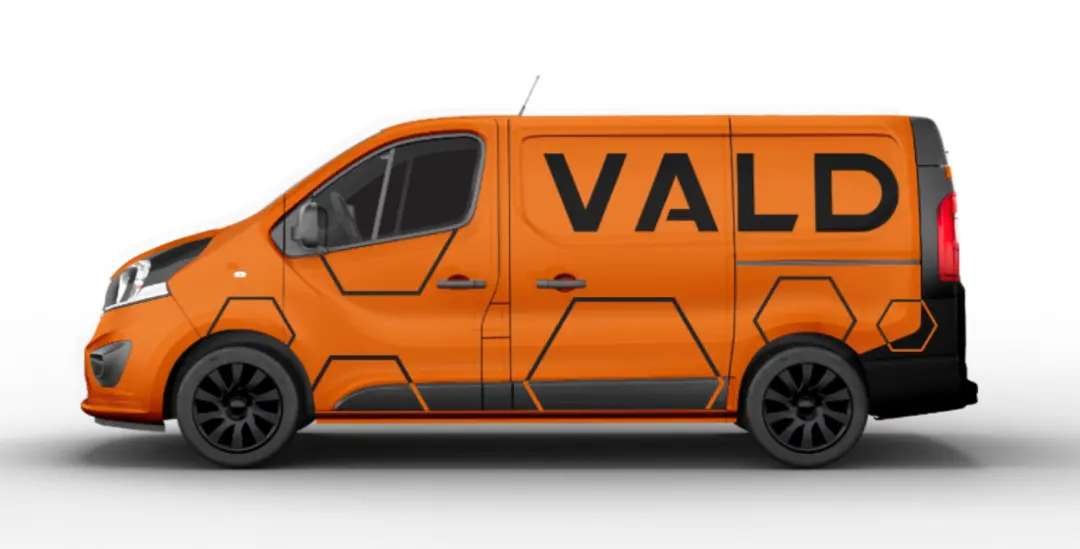
We are on the way to creating a database that has not existed before … By the end of 2024, we plan to have conducted over 70,000 tests on tens of thousands of athletes around Australia.
The VALD Van is due for completion in the coming months (in fact we’ve already started, albeit without the slick van!), then will hit the road to host combines, sport specific testing, activations and education opportunities. We will be attending school sports events, state championships, national pathway programs and more.VALD believes so wholly in the power of data and the benefits that testing can provide to emerging athletes that they are willing to put their money where their mouth is, and not just their money but their time, effort and expertise.
We are on the way to creating a database that has not existed before: I want to be able to tell a 12-year-old how they compare with their idols, and what they need to do to match them. I want to give opportunities, insights and inspiration to a new generation of athletes, and I want to do it better than we have in the past.We’ve seen this happen already elsewhere. In the United States, Women’s Soccer uses VALD equipment to test their athletes across the entire national system. Creating a database for future athletes to use for benchmarking, talent identification and driving accountability and to measure the levels and progression of the sport as a whole, while monitoring individual athletic performance.By the end of 2024, we plan to have conducted over 70,000 tests on tens of thousands of athletes around Australia – a lofty goal, but one we’re motivated to achieve. In order to do so, I’ll need your help.
If you manage or coach a team of female athletes or are a female athlete yourself – even if you feel like you’re not elite enough, you’re based in a remote location or you don’t know where to start in terms of performance testing – please reach out.
The VALD Van won’t be limited to female sports, but I’ll be ensuring that female sporting teams, organisations and competitions – particularly those that are underrepresented or struggle for access to testing – take preference.So, if you manage or coach a team of female athletes or are a female athlete yourself – even if you feel like you’re not elite enough, you’re based in a remote location or you don’t know where to start in terms of performance testing – please reach out. With the VALD Van, there is no reason we can’t have access to widescale, specific and insightful data on female athletes from youth through to professional levels, and actually use it moving forward!This extends to my international contacts. Later this year, I’ll be back in the USA for my annual pilgrimage to attend a number of NCAA games and visiting more schools and clubs. If you want to meet up while I’m stateside – reach out! My aim is to help every single professional and elite women’s league in the world, and every sport, achieve not only parity but leading the way in athlete performance testing and monitoring, with normative data streaming down into the grassroots of sport, helping develop the generations to come.
My aim is to help every single professional and elite women’s league in the world, and every sport, achieve not only parity but leading the way in athlete performance testing and monitoring, with normative data streaming down into the grassroots of sport, helping develop the generations to come.
Together, there should be absolutely no barriers to making this happen. Let’s not wait until the timing is right, until there is more funding, or until it’s too late. Let’s collaborate, network and launch these opportunities, right now. Together, there is always a solution.Feel free to contact me via my email: A.Fielding@vald.com or get in touch using the button below.
